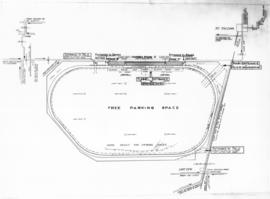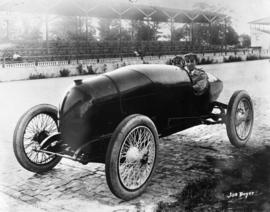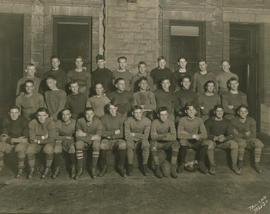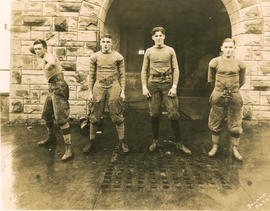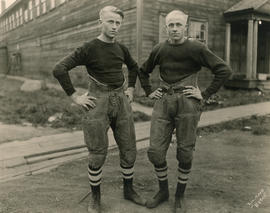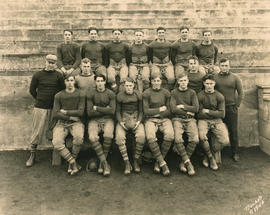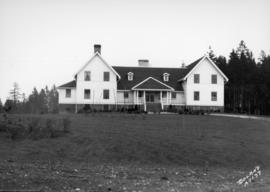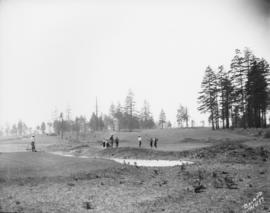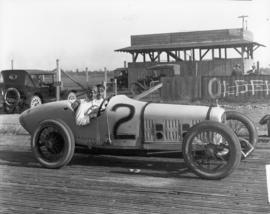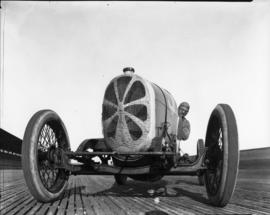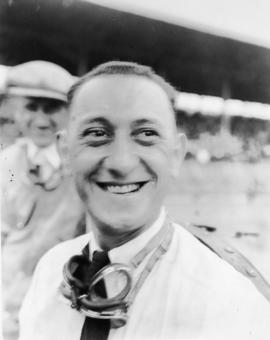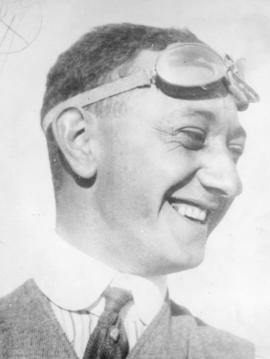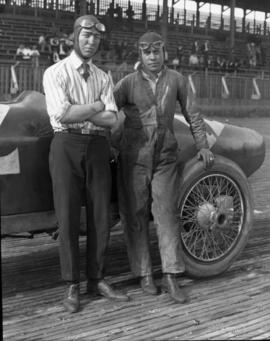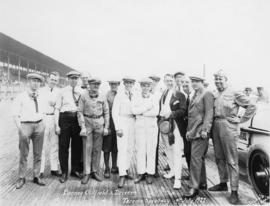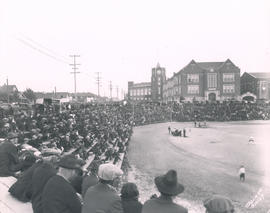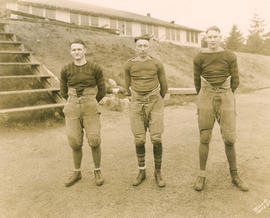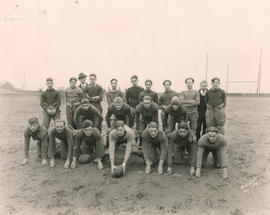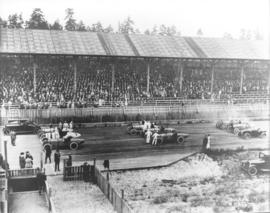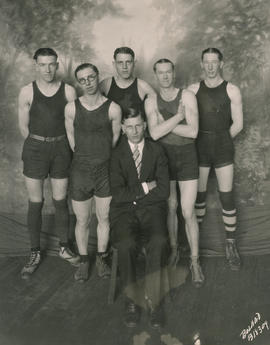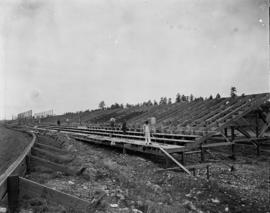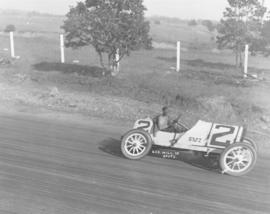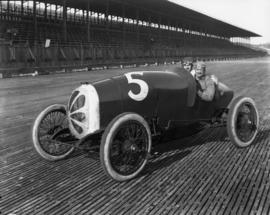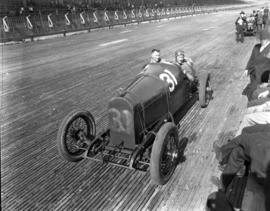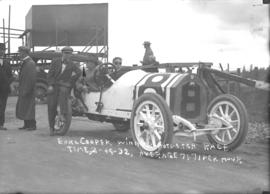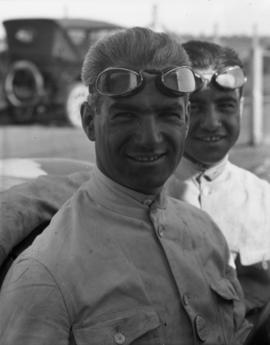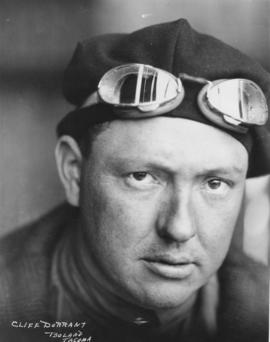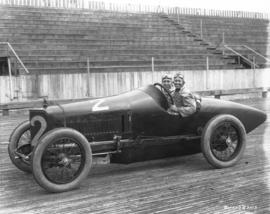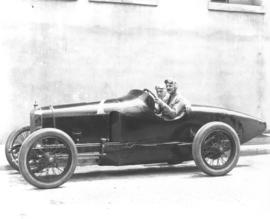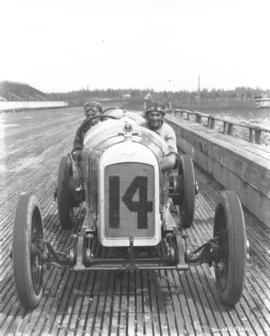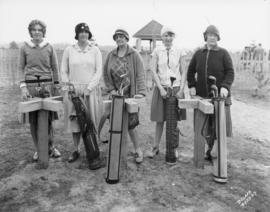- Item
- 1920
Part of Marvin Boland Photographs
ca. 1920. Map of the Tacoma Speedway from about 1920 showing, in detail, the layout of the track and stands. Note that the prices for tickets to sit in the stands are listed. Seats in the open stands were $2.50 or $3.00 plus tax. Seats in the covered stands were $3.50 to $6.00 plus tax. In March of 1920, an arson occurred at the track, forcing massive reconstruction of the grandstands. All improvements would be in place in time for the 1920 225 mile classic, the biggest race in Tacoma's racing history. The Indy had placed a requirement that all top finishers compete in Tacoma and crowds turned out to see them. The new grandstands could seat 16,000, with 960 feet of the stands covered. There was room for 10,000 cars to park in the center of the 2 mile track and a tunnel for spectators to cross under the track to the stands. The new entries allowed cars to enter two abreast and they could cross a bridge from the main entrance into the center parking, even with the race in progress. Other improvements included fences, the pits, a water tower and a renewed track. The race would be 225 miles with a purse of $22,500, to be divided into seven prizes. Over 40,000 fans turned out to watch the race. Speedway-053 (TDL 6/20/20, pg. 1-C; 6/27/1920, pg. 1)
Tacoma Speedway (Lakewood); Racetracks--Lakewood--1910-1920; Automobile racing--Lakewood--1910-1920;
